Friday October-17 2025 16:25:58
Standard Test Method for Particle-Size Analysis of Soils (ASTM D422)aims to accurately determine the size distribution of soil particles. This analysis mainly includes two complementary methods: sieving and sedimentation. Sieving is suitable for coarse particles with a particle size greater than 0.075 mm, such as sand and gravel. For fine particles with a particle size less than 0.075 mm, such as silt and clay, sedimentation is used for analysis. In actual operation, in order to more finely separate particles of different sizes, the No. 10 sieve (2.0 mm) in the standard sieving can be replaced by a No. 4 sieve (4.75 mm), a No. 40 sieve (0.425 mm) or a No. 200 sieve (0.075 mm) according to specific needs. These sieves with different apertures help to more accurately divide the soil particle components. By combining these two methods, Size Analysis of Soils can fully reveal the percentage content of different particle components such as sand, silt, and clay in soil samples, providing key data for soil classification and engineering applications.

In actual analysis, a combination of the two methods is often used to obtain a complete particle size distribution curve. For high-precision requirements, a laser particle size analyzer can also be used for rapid analysis.Standard test methods for particle-size analysis of soil is mainly used to determine the distribution of particles of different particle sizes in the soil. It is an important basic test in soil classification, engineering property evaluation and agronomic research.
| Specimen Details | Soil samples are typically air-dried and divided using a sample splitter to obtain a representative portion. |
| Specimen Preparation | The sample is soaked and dispersed with a chemical dispersant before hydrometer testing. |
| Specimen Dimensions | A typical test uses ~100 grams for fine soils and up to 500 grams for mixed or coarse soils. |
|
Method category |
Test name |
Applicable scope |
Mainly based on standards |
|
Sieving method (dry sieving/wet sieving) |
Soil sieving test |
Coarse-grained soil (sand, gravel) |
GB/T 50123-2019 (China) ASTM D6913 (USA) |
|
Sedimentation method |
Hydrometer method |
Fine-grained soil (silt, clay) |
GB/T 50123-2019 |
|
Laser particle size analysis method |
Laser diffraction method |
Full particle size, high precision |
ISO 13320 (International) GB/T 19077 (China) |
1. Sieving method
Soil particles are mechanically sieved using ASTM soil sieves of different apertures. The mass of soil particles on each sieve layer is weighed to determine the distribution ratio of particles of different particle sizes. It is divided into dry sieving and wet sieving: dry sieving is suitable for dry particles (such as sand and gravel) that are not sticky or agglomerated; wet sieving is used for samples with agglomeration or fine particles, which need to be dispersed with water.
Scope of application: Mainly used for analyzing coarse-grained soil with a particle size greater than 0.075mm, such as sand, gravel, etc.
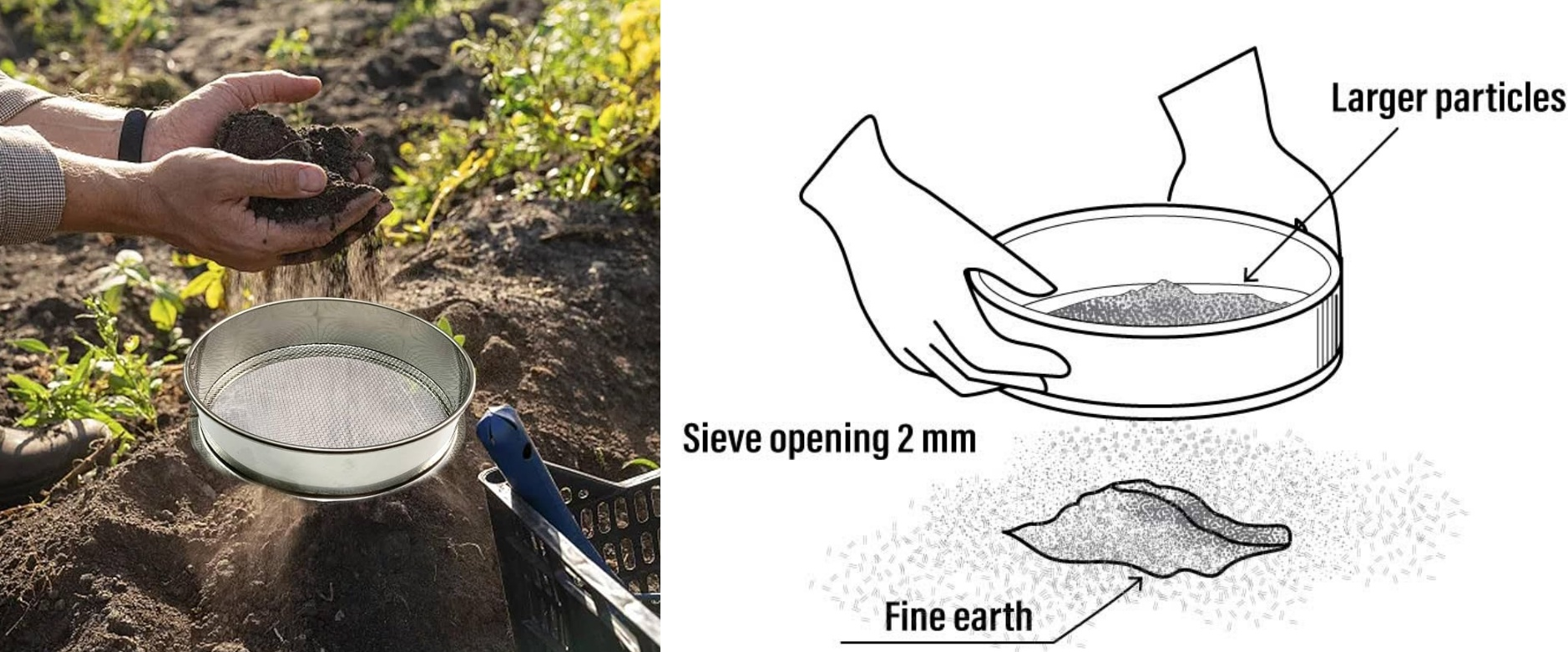
Main instruments: standard ASTM soil sieve (aperture is usually 75μm-100mm), vibrating screen machine, etc.
Steps: Pass the air-dried soil sample through a 2mm ASTM soil sieve to remove organic matter, impurities, etc. Select a standard ASTM soil sieve (common aperture: 2mm, 0.85mm, 0.425mm, 0.075mm), weigh a certain mass of soil sample (usually 300-1000g), pour it into the top sieve (with the largest aperture), and put it into the vibrating screen machine for 10-15 minutes. Weigh the mass of each sieve layer and the soil sample at the bottom of the sieve in turn, and calculate the percentage of particle content in each particle size range.
Note: The soil sample needs to be fully air-dried to avoid caking; during the screening process, ensure that the ASTM soil sieve is sealed to prevent particles from being missed.
2. Sedimentation method (applicable to fine-grained soil)
Based on Stokes' law, that is, the sedimentation rate of particles in liquid is proportional to the square of the particle size. The particle size is calculated by measuring the sedimentation time and sedimentation distance of particles in water.
Scope of application: Applicable to fine-grained soil with a particle size less than 0.075mm, such as silt, clay, etc.
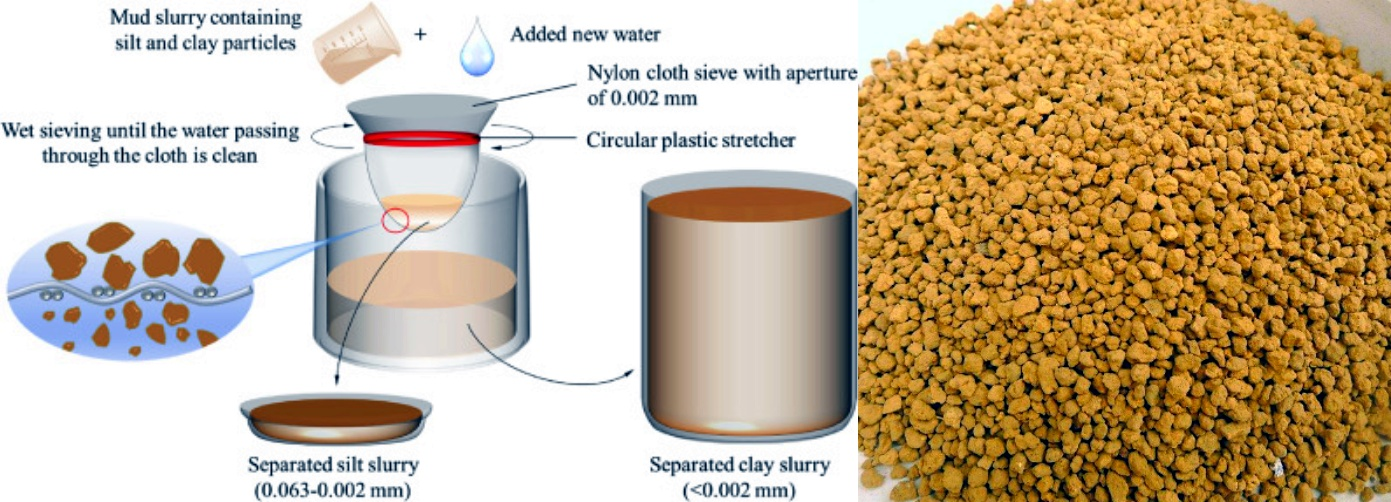
Main instruments: densitometer (such as hydrometer), measuring cylinder (1000mL), stirrer, constant temperature water tank, etc.
Test steps (taking the densitometer method as an example): Weigh 100g of air-dried soil sample, pour it into a beaker, add appropriate amount of dispersant (such as sodium hexametaphosphate) and water, and boil for 30 minutes to disperse the soil particles. Place the densitometer in the measuring cylinder at a predetermined time (such as 1, 2, 5, 15, 30, 60, 1440 minutes) and read the density value of the soil suspension. Calculate the content of particles of different particle sizes based on the densitometer reading and sedimentation time.
Note: The water temperature should be kept constant during the test (the error should not exceed ±1℃); the amount of dispersant should be adjusted according to the properties of the soil sample to avoid over-dispersion or insufficient dispersion.
3. Laser diffraction method (modern rapid analysis method)
When the laser beam is irradiated on the soil particles, diffraction occurs, and the angle of the diffracted light is related to the particle size. By measuring the intensity distribution of the diffracted light, the particle size distribution is calculated using the Mie Scattering Theory.
Scope of application: It can be used to analyze soil particles with a wide range of particle sizes (usually 0.01μm-2000μm), including coarse-grained soil and fine-grained soil.
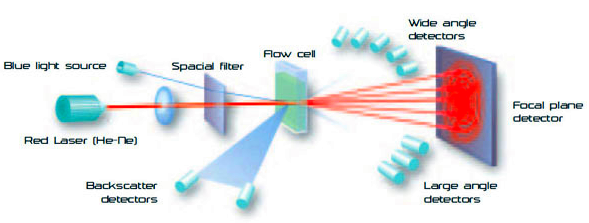
Main instruments: laser particle size analyzer, sample preparation system (such as ultrasonic disperser, stirrer), etc.
Test steps: Weigh a small amount of soil sample (about 0.1-1g), add dispersant and water, and ultrasonically disperse for 10-15 minutes to prepare a uniform soil suspension. Inject the soil suspension into the sample pool of the laser particle size analyzer and start the instrument for measurement. The instrument automatically analyzes the diffraction data to generate a particle size distribution curve and statistical parameters (such as average particle size, sorting coefficient, etc.).
Note: The soil sample needs to be fully dispersed to avoid particle agglomeration; the laser particle size analyzer needs to be calibrated regularly to ensure measurement accuracy.
|
Method |
Advantages |
Disadvantages |
Applicable scenarios |
|
Screening method |
Simple operation, intuitive results, suitable for accurate analysis of coarse-grained soil |
Fine-grained soil (<0.075mm) cannot be analyzed, and the screening process takes a long time |
Engineering detection of coarse-grained soil such as sand and gravel. |
|
Sedimentation method |
Applicable to fine-grained soil analysis, can provide detailed data on particle size distribution |
Long test cycle, greatly affected by factors such as temperature and dispersant |
Geological survey of fine-grained soil such as silt and clay |
|
Laser diffraction method |
Fast measurement speed, wide particle size range, high degree of automation, good repeatability |
Strict requirements for soil sample dispersion, unable to distinguish particle shape |
Scientific research, environmental monitoring and rapid engineering detection |
ASTM E11 - SIEVE DESIGNATION
| Standard | Altern. | Standard | Altern. | Standard | Altern. |
|---|---|---|---|---|---|
| 125.00 mm | 5.00 | 9.50 mm | 3/8 | 425 µm | No. 40 |
| 106.00 mm | 4.24 | 8.00 mm | 5/16 | 355 µm | No. 45 |
| 100.00 mm | 4 | 6.70 mm | 0.265 | 300 µm | No. 50 |
| 90.00 mm | 3 ½ | 6.30 mm | ¼ | 250 µm | No. 60 |
| 75.00 mm | 3 | 5.60 mm | No. 3 ½ | 212 µm | No. 70 |
| 63.00 mm | 2 ½ | 4.75 mm | No. 4 | 180 µm | No. 80 |
| 53.00 mm | 2.12 | 4.00 mm | No. 5 | 150 µm | No. 100 |
| 50.00 mm | 2 | 3.35 mm | No. 6 | 125 µm | No. 120 |
| 45.00 mm | 1 ¾ | 2.80 mm | No. 7 | 106 µm | No. 140 |
| 37.50 mm | 1 ½ | 2.36 mm | No. 8 | 90 µm | No. 170 |
| 31.50 mm | 1 ¼ | 2.00 mm | No. 10 | 75 µm | No. 200 |
| 26.50 mm | 1.06 | 1.70 mm | No. 12 | 63 µm | No. 230 |
| 25.00 mm | 1 | 1.40 mm | No. 14 | 53 µm | No. 270 |
| 22.40 mm | 7/8 | 1.18 mm | No. 16 | 45 µm | No. 325 |
| 19.00 mm | ¾ | 1.00 mm | No. 18 | 38 µm | No. 400 |
| 16.00 mm | 5/8 | 850 µm | No. 20 | 32 µm | No. 450 |
| 13.20 mm | 0.530 | 710 µm | No. 25 | 25 µm | No. 500 |
| 12.50 mm | ½ | 600 µm | No. 30 | 20 µm | No. 635 |
| 11.20 mm | 7/16 | 500 µm | No. 35 |
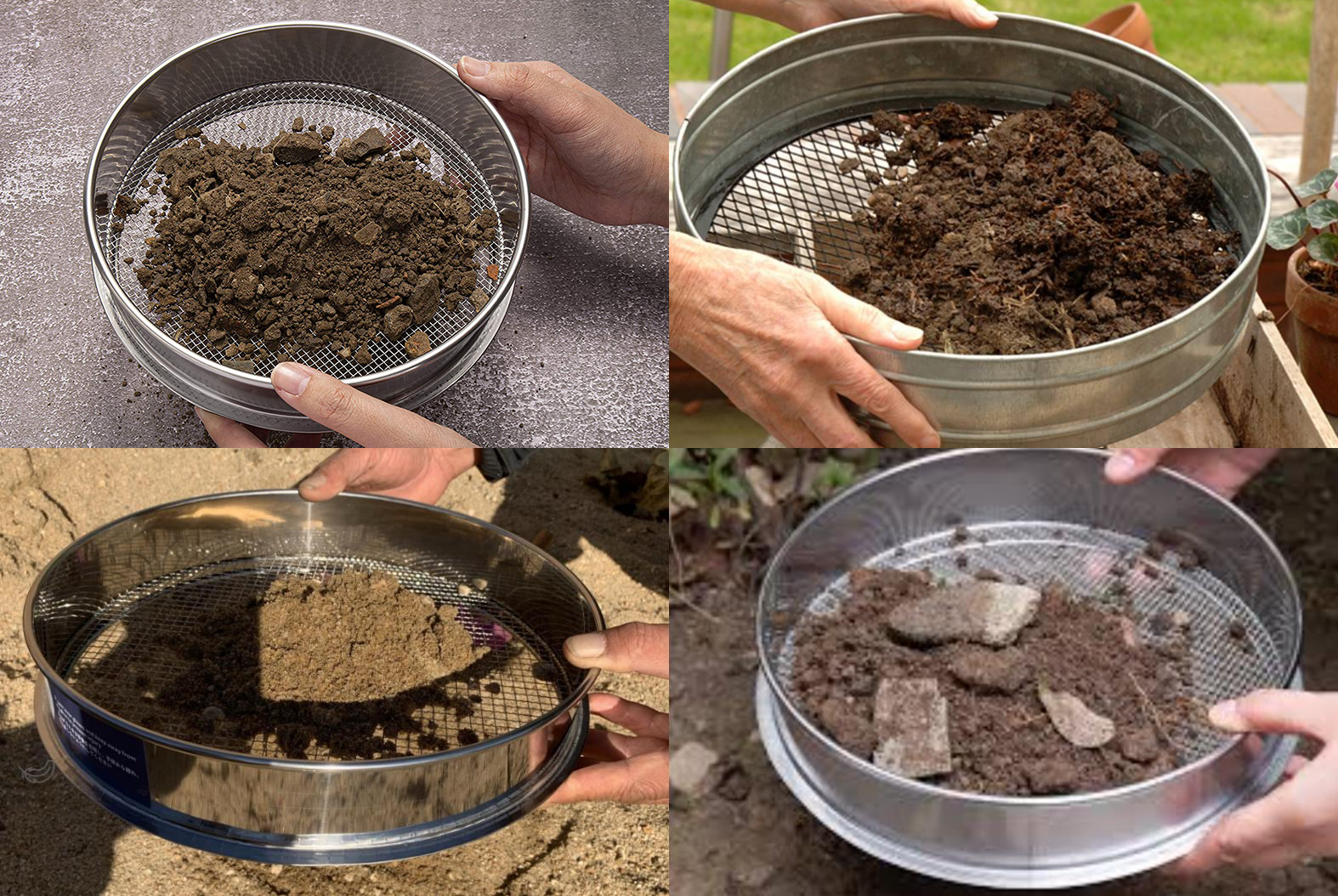
Typically, soil samples containing both coarse and fine particles are subjected to a combination of sieving and sedimentation. Sieving separates coarse particles such as sand and gravel. Sedimentation analysis then passes fine soil through the finest ASTM soil sieves, such as a 0.075 mm sieve, to determine the silt and clay content. Finally, all of this data is combined and plotted into a soil particle size cumulative distribution curve, which visually displays the proportions of different particle sizes in the soil.
|
Soil type |
Particle size range |
Recommended method |
Description |
|
Coarse-grained soil (sand, gravel) |
>0.075mm |
Sieving method (dry/wet sieving) |
Intuitive, classic, suitable for soil with distinct particles |
|
Fine-grained soil (silt, clay) |
<0.075mm |
Densimeter method (sedimentation method) |
Determine particle size by particle settling velocity |
|
Mixed soil with full particle size range |
0.002mm~60mm |
Sieving method + sedimentation method combined |
Screening coarse particles, and measuring fine particles with densimeter |
|
Requires high-precision scientific research analysis |
0.01μm~3mm |
Laser particle size analysis method |
Fast, high resolution |
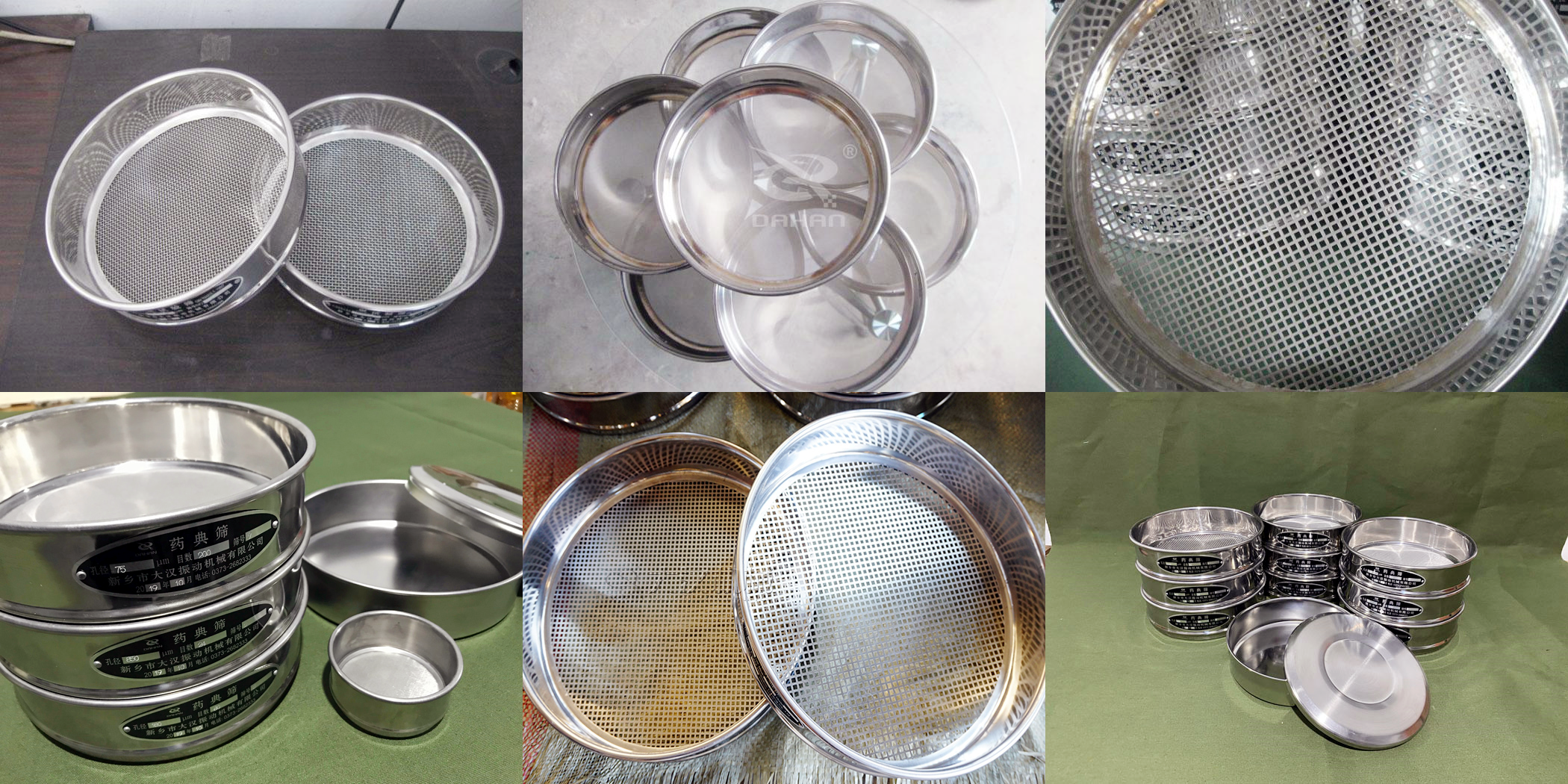
Size Analysis of Soils is a standard laboratory test used to determine the relative amounts or percentages of different sized particles (e.g., sand, silt, and clay) in a soil sample. Size Analysis of Soils results are usually expressed as the mass percentage of each size component. For example, a soil sample may be reported as containing 40% sand, 35% silt, and 25% clay. These percentages can be plotted as a cumulative size distribution curve, which visually shows the distribution of soil particles from the smallest to the largest. The final results can help determine the soil texture type (e.g., sandy loam, clay, silt loam, etc.), which is one of the most basic physical properties of soil. Size Analysis of Soils results are critical in evaluating soil permeability, water retention, aeration, fertility, and engineering properties (e.g., compactability, shear strength).
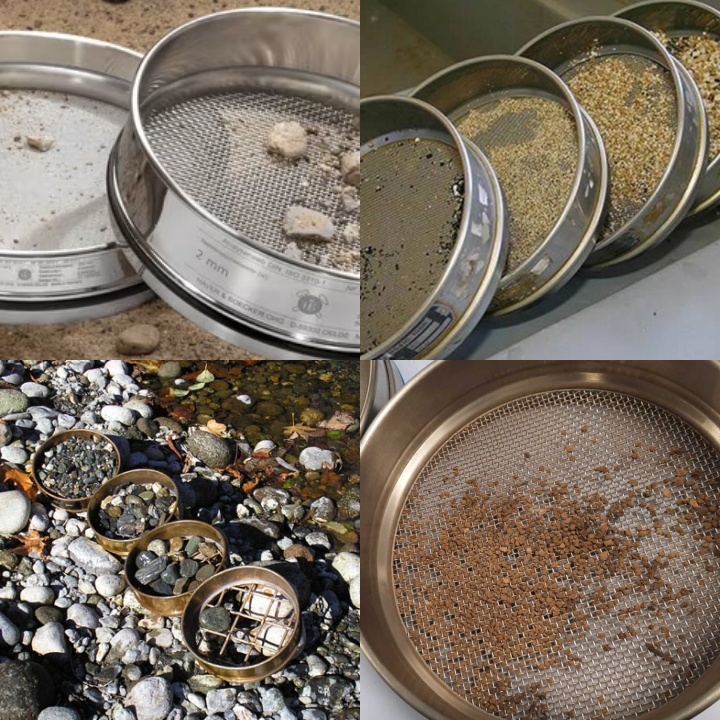
This method uses Stokes' law to determine the particle size distribution of fine particles in soil (generally particles smaller than 0.075 mm). The soil sample is dispersed into a suspension. During static settling, the effective density of the suspension is measured at specific time points using a hydrometer. By calculating the settling velocities of particles of varying sizes, the cumulative percentage of soil particles smaller than a specific size (e.g., 0.075 mm, 0.005 mm, etc.) is determined. This method aims to assess soil engineering properties, such as permeability, compressibility, and shear strength, providing a key basis for soil classification, foundation design, and engineering construction.
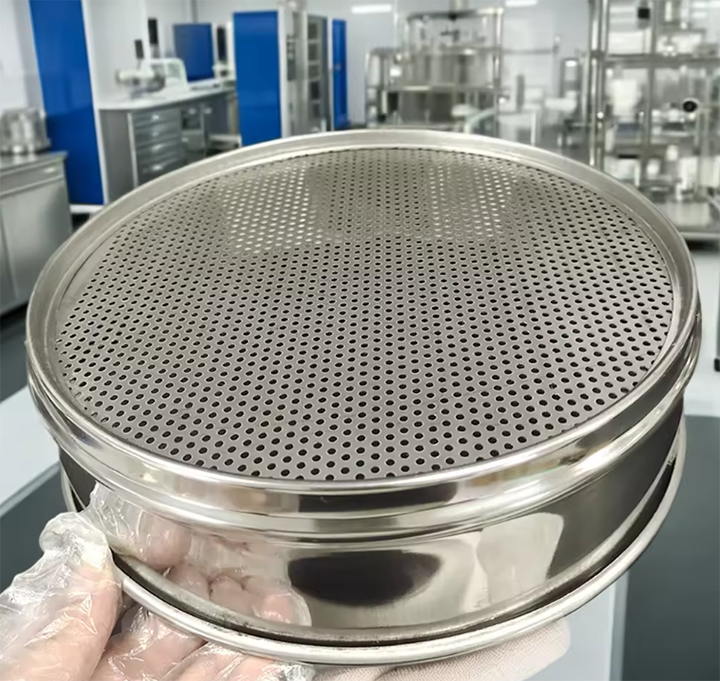
In the practical application of the Standard Test Method for Particle-Size Analysis of Soils, it is necessary to select an appropriate method or combination based on sample characteristics, such as clay content or organic matter content; analysis purpose, such as engineering gradation or soil classification; and equipment conditions. If necessary, operating parameters such as dispersant concentration or ultrasonic time can be optimized through preliminary tests to reduce errors.
Oct 17, 2025
Standard Test Method for Particle-Size Analysis of Soils
Standard Test Method for Particle-Size Analysis of Soils is used to determine the weight proportions ...
Oct 16, 2025
Agricultural soil testing sieve
Agricultural soil testing sieve uses a 2mm sieve to separate the fine particles in the soil in order ...
Oct 15, 2025
Stainless steel soil sieve is called soil sieving instrument or soil analysis sieve, and the mesh siz...
Oct 14, 2025
Standard Test Sieve is a commonly used particle analysis tool in laboratories and industrial sites. I...
![]()
Then we look forward to hearing from you
Contact Us
Industrials
Yanjin county forest park gate to the west 1000 meters north road sitemap
